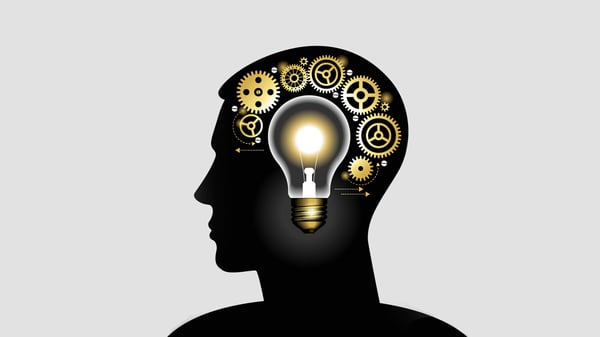


Some of Bob Pike’s foundations for participant-centered training are his 90/20/10 rule for how often people need to be involved with content, participation and revisiting the information during a workshop; the use of closers, openers, energizers and revisiters (CORE) for having people interact to increase retention; and the fact learning should be fun and provide participants with opportunities to practice new skills, apply new information and increase their self-confidence and empowerment. In other words, the trainees should leave feeling impressed with themselves, not the instructor.
Research and theories on adult learning related to brain-based learning, multiple intelligences and emotional intelligences corroborate this.
As B. Duman cites in his 2006 presentation for the Ninth International Conference on Engineering Education, neuroscience has recently disclosed important information about the brain and how it learns. The years between 1990 and 2000 were named the “the decade of the brain” as this was the first time that scientists could study how the brain processes while it is working. (In the past studies were done either on a dead person or during an operation.) But advanced technological systems like the MRI and PET have encouraged scientists to draw maps of the brain in lots of areas. As a result, brain-based research has evolved and brain based learning is an “instruction which takes into consideration how the brain takes, processes, interprets information; makes connections; stores and remembers messages. It is learner centered in its delivery and attempts to use the whole brain and also recognizes that not all students learner the same way.” Brain based learning is also interested in how feelings affect learning and how these affect perception, attention and memory, Duman said.
As Renate and Geoffrey Caine indicate in their book Making Connection, brain based learning focuses on how the brain learns and therefore accepts the rules of brain processing and organizes training/teaching activities according to these rules for meaningful learning. The aim of brain based learning is to pass from memorizing to meaningful learning.
Traditional schooling often inhibits learning by discouraging, ignoring, or punishing the brain’s natural learning processes. Brain based learning theory is really a meta-concept that includes an eclectic mix of training/teaching techniques. This form of learning encompasses newer educational concepts like learning styles, multiple intelligences, emotional intelligence, and experiential education. These techniques allow instructors to connect learning to participant’s real lives and emotional experiences, as well as to their personal histories and experiences.
Caine and Caine developed 12 principles that apply to what we know about the function of the brain and its relationship to teaching and learning. They are as follows:
1.The brain is a parallel processor, meaning it can perform several activities at once, like tasting and smelling.
2.Learning engages the whole physiology.
3.The search for meaning is innate.
4.The search for meaning comes through patterning.
5.Emotions are critical to patterning.
6.The brain processes wholes and parts simultaneously.
7.Learning involves both focused attention and peripheral perception.
8.Learning involves both conscious and unconscious processes.
9.We have two types of memory: spatial and rote.
10.We understand best when facts are embedded in natural, spatial memory.
11.Learning is enhanced by challenge and inhibited by threat.
12.Each brain is unique.
For complex learning, Caine and Caine assert the following three conditions need to exist:
Orchestrated immersion. Create a learning environment that fully immerses students in an educational experience and use complex interactive experiences that are both real and rich. The brain can parallel process.
Relaxed alertness. Try to eliminate fear in learners while maintaining a highly challenging environment. In other words, create a personally meaningful challenge.
Active processing. Allow the learner to consolidate and internalize information by actively processing it—have an intensive analysis of different ways to approach it.
Caine adds a few more specific training/teaching implications regarding brain-based learning theory:
Duman’s theory that “enriched and challenging environments produce more neural connections, while sterile and boring ones can cause connections to wither and die” along with the Caine’s well-researched 12 principles provide some of the foundation for why we at The Bob Pike Group feel our training methodology is relevant, based in fact, and effective.
References
Caine, R., & Caine, G. (1994). Making Connections: Teaching and the Human Brain. Menlo Park, CA: Addison-Wesley. (An updated version of this text was published in 2005. Renate has her Ph.D. in educational psychology and consults worldwide on this topic.)
Duman, B. (2006) The effect of brain-based instruction is to improve on students’ academic achievement in social studies instruction. 9Th International conference on Engineering Education. pg. 17-25.
Pike, Robert, Creative Training Techniques Handbook. Amherst, MA: HRD Press. 1987.
Pike, B., Pluth, B. The Bob Pike Group Train the Trainer Boot Camp Guide, Eden Prairie, MN, The Bob Pike Group, ver. 2009.3
Don't miss out on updates and chances
to sharpen your skills with participant-centered learning.




3740 N Chestnut St #113 - Chaska, MN 55318-3053